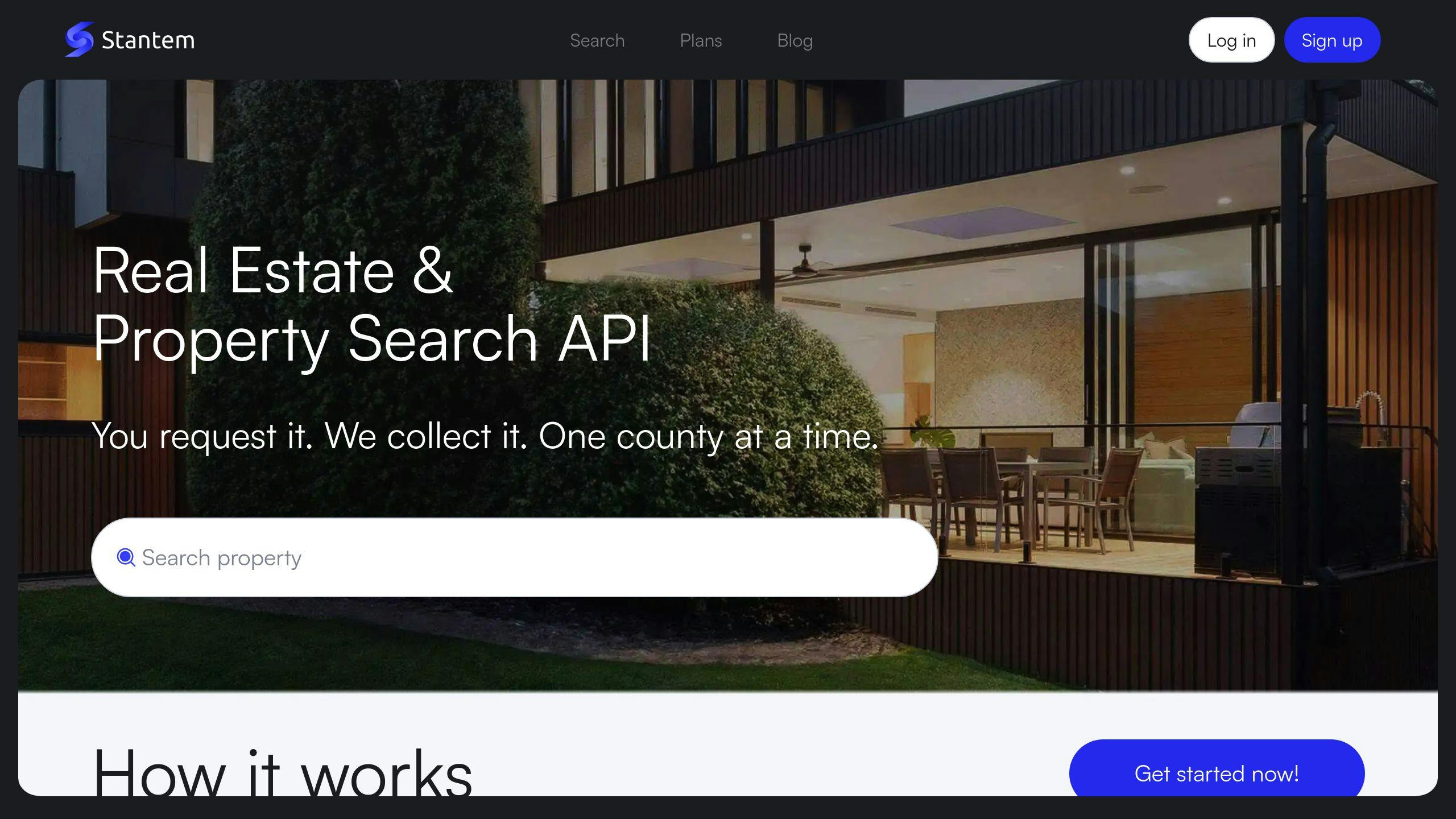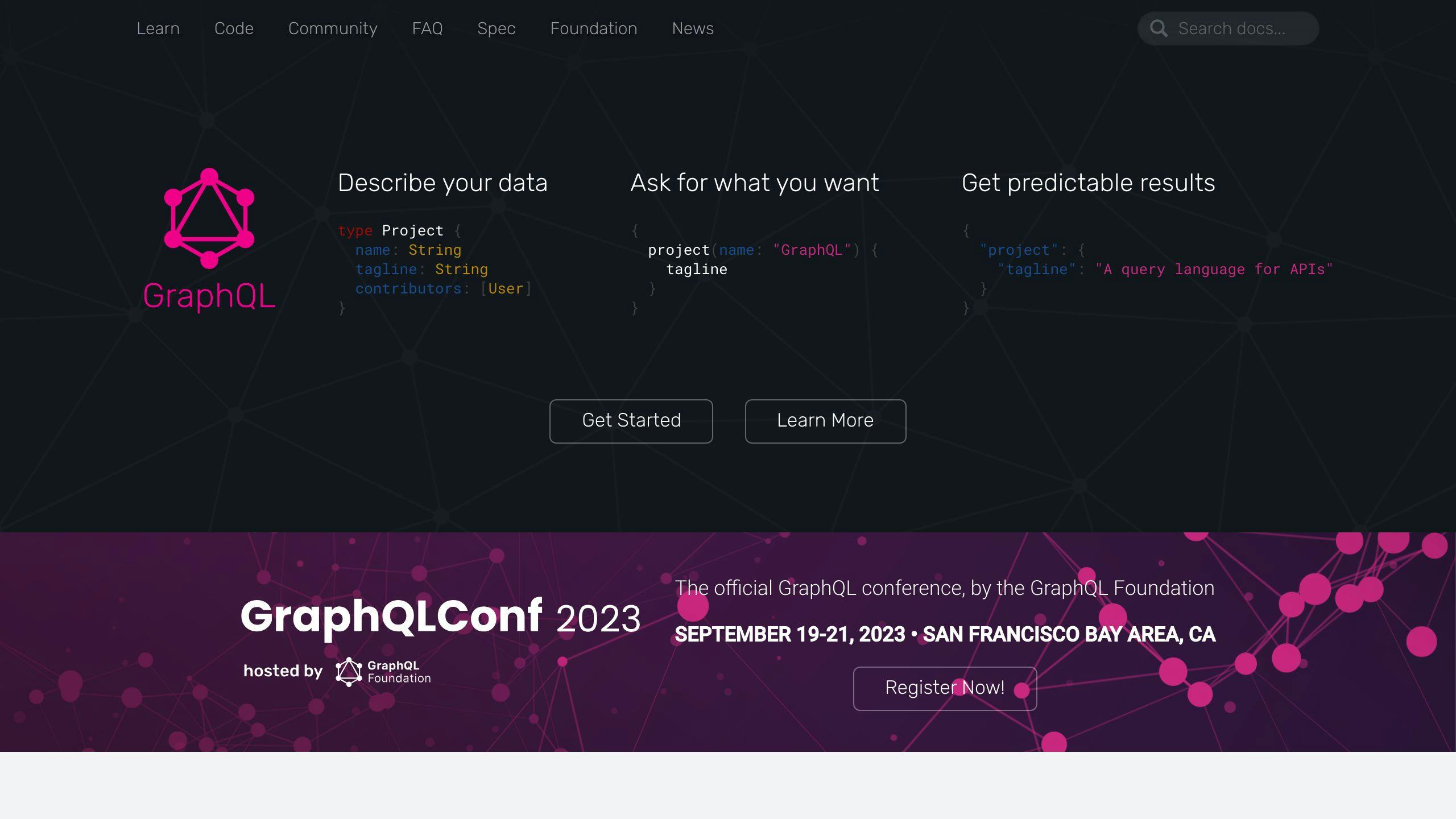Handling real estate data is tough. Businesses face issues like combining data from different platforms, keeping it accurate, and managing large amounts of information as they grow. These problems can lead to costly mistakes, like Zillow's $569 million loss in 2024 due to data errors.
Key Insights:
- Data Integration Problems: Legacy systems and fragmented data slow operations.
- Accuracy Issues: Manual entry and outdated info cause bad decisions and missed deals.
- Scaling Challenges: Growing businesses struggle with handling large datasets efficiently.
Solutions:
- Use standardized formats, regular audits, and automated validation to ensure data accuracy.
- Tools like APIs (e.g., Stantem's GraphQL) simplify integration and provide real-time updates.
- Cloud-based systems and bulk data export features help scale data management effectively.
Fixing these issues is critical to avoid financial losses and improve decision-making in real estate.
Common Problems in Managing Real Estate Data
Challenges with Combining Data from Different Platforms
Real estate businesses often struggle to merge data from various systems. Legacy software and compatibility issues can slow down operations and create inefficiencies [1]. These problems lead to fragmented property data, making it tough to maintain a single, cohesive view of property information.
When teams rely on separate systems, combining data becomes both time-consuming and prone to mistakes [3]. Beyond integration, ensuring this data is accurate adds another layer of complexity.
Ensuring Property Data is Accurate
Keeping property data accurate is a major issue for real estate companies. Mistakes in data can result in financial losses and operational setbacks [1].
Here are some common causes of data errors and their effects:
| Source of Data Errors | Impact on Business |
|---|---|
| Manual Data Entry | Leads to outdated listings, bad decisions, and missed deals |
| Inconsistent Formatting | Requires extra time for verification |
| Outdated Information | Causes poor decisions and missed opportunities |
| Lack of Standardization | Makes property comparisons unreliable |
Even if the data is accurate, businesses must also figure out how to manage the ever-growing amount of information they handle.
Handling Large Data as Businesses Grow
As companies expand, managing larger amounts of property data becomes increasingly difficult [1][3]. Without systems that can grow with the business, there's a risk of losing revenue and efficiency.
"Maintaining a human-centric approach in real estate data management is crucial to avoid losing the personal touch in transactions. Balancing data-driven insights with personal relationships is essential for effective decision-making and client satisfaction." [3]
To tackle these challenges, businesses need scalable data management systems. This includes using standardized formats, performing regular audits, and ensuring sensitive data is stored securely [1]. These practices help keep data accurate and accessible as the business grows.
Ways to Solve Real Estate Data Problems
Combining and Organizing Data Sources
To tackle integration issues, using standardized formats and validation processes is key. A centralized system ensures property data stays consistent and dependable, cutting down on errors and boosting efficiency [1].
| Component | Purpose | Key Benefit |
|---|---|---|
| Standardized Formats | Keeps data uniform across platforms | Minimizes integration errors |
| Regular Data Audits | Ensures ongoing accuracy | Avoids costly mistakes |
| Automated Validation | Identifies errors early | Saves time and resources |
While these methods establish a solid foundation, modern tools can make integration even smoother.
Using Tools to Simplify Data Integration
APIs like Stantem's GraphQL have transformed how real estate professionals access and share property data [2]. These tools offer:
- Accurate and up-to-date property information
- Easy sharing of data across platforms
- Reduced need for manual data entry
Solutions like PropertyRadar and Cloud CMA also stand out. They help create detailed property reports while keeping data accurate. Their map-based interfaces make handling complex data more intuitive and actionable [4].
Managing Large Data Sets Effectively
As businesses grow, managing large datasets becomes a pressing challenge. Cloud-based solutions provide scalable storage and processing, adapting to your needs [3]. To handle large datasets efficiently, consider these practices:
- Data Compression and Security: Compress data securely to protect sensitive information and comply with privacy laws [3].
- Bulk Data Processing: Use tools with bulk export features, like Stantem, to process large datasets without overloading systems [2].
- Performance Monitoring: Track metrics like processing times to spot inefficiencies and refine your strategy [3].
These steps ensure your data remains secure, efficient, and compliant with legal standards.
How Stantem's Tools Help with Data Management

Accessing Data Easily with the GraphQL API

Stantem's GraphQL API simplifies the way real estate professionals access property data. It provides instant updates on listings, pricing, and availability, so users can conduct tailored searches without navigating multiple databases [1][2].
| Feature | Benefit | Application |
|---|---|---|
| Immediate Updates | Access the latest property info | Make quick, informed decisions |
| Customized Searches | Get only the data you need | Reduce processing overhead |
| Unified Interface | Single access point | Eliminate data silos |
For brokerages managing extensive property portfolios, the API's scalability is a game-changer. With Stantem's Enterprise plan, firms can automate tasks like listing updates, market analysis, and portfolio tracking - all while keeping data consistent across systems.
While the GraphQL API offers real-time access, Stantem's bulk data export feature is designed for managing large datasets with ease.
Saving Time with Bulk Data Export
Stantem’s bulk data export option is a powerful tool for handling extensive datasets in real estate. Available through the Standard and Premium plans, it offers flexible export limits to accommodate businesses as they grow [3].
Here’s what makes bulk data export so effective:
- Efficient Data Management: Handle large datasets without slowing down operations.
- Format Consistency: Ensure exported data stays in a standardized format.
- Automated Processing: Cut down on manual work with automated handling.
For instance, property management companies use this feature to centralize market analysis, while investment firms streamline reporting for multiple properties. This addresses a major industry issue: nearly 75% of the commercial real estate sector faces challenges with fragmented data [6].
"High-quality data is essential for accurate property valuations and smart investment decisions, with poor data quality potentially leading to costly errors" [3].
Most Common Data Integration Challenges
Conclusion
Poor data management can lead to major financial setbacks in the real estate industry. Issues like data integration, accuracy, and scalability create risks that can impact the entire sector. Addressing these challenges is key to staying competitive.
Modern tools can help real estate professionals tackle these problems head-on. For instance, Stantem's GraphQL API provides real-time access to reliable property data, while its bulk export feature efficiently handles large datasets. These tools not only solve immediate issues but also help businesses maintain a strong position in a competitive market.
The financial stakes are high. Tools like Stantem's are designed to reduce errors and improve operations. With the Premium plan, businesses can export up to 100,000 records monthly, ensuring consistent and reliable data quality. This kind of system can prevent costly mistakes - like the $12 million revenue loss faced by a tax assessor due to incomplete assessments [5].
